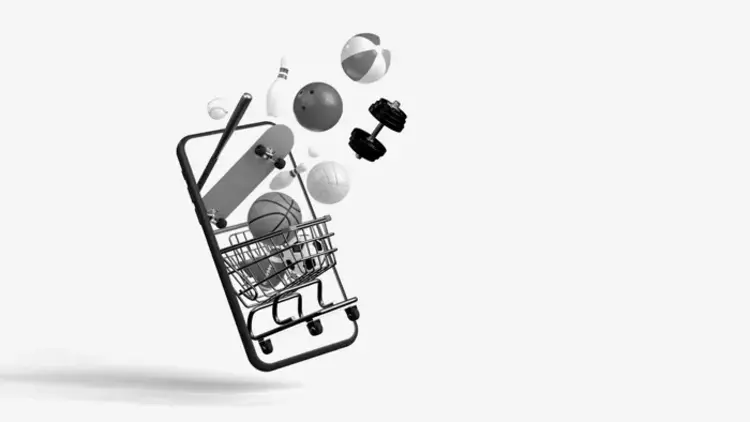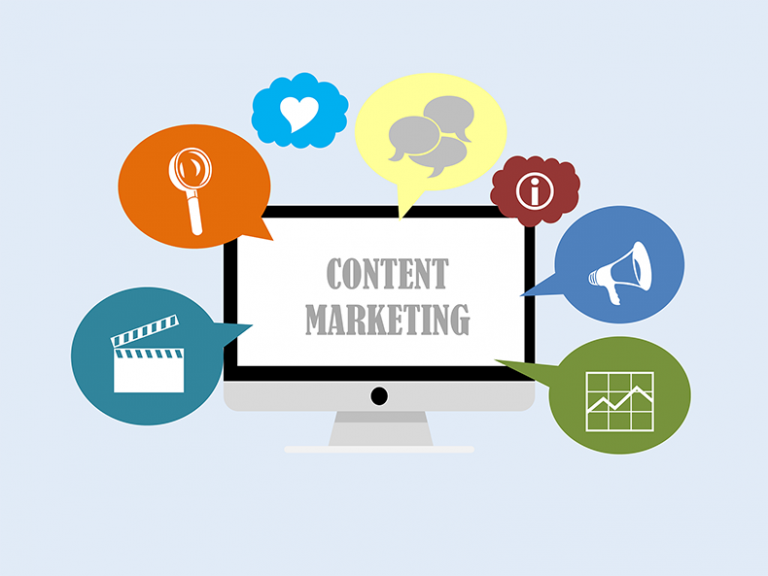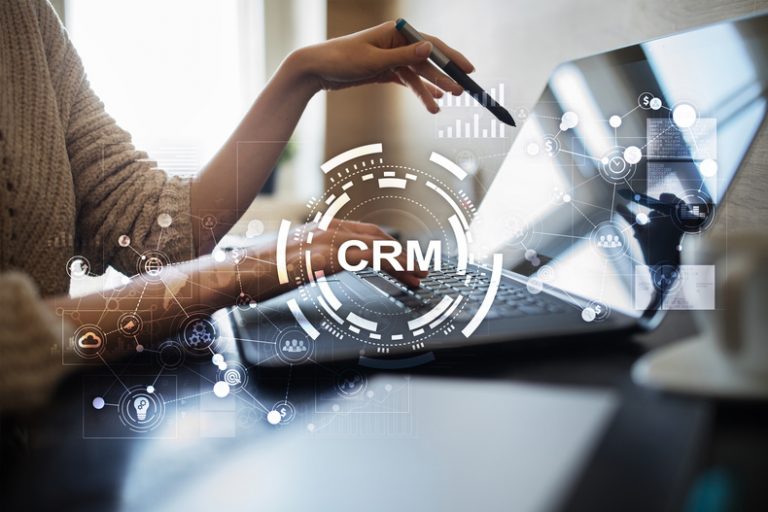Types of Ecommerce CMSs: Which Option to Select?
Consumers today no longer rely solely on top product quality and reasonable prices to distinguish between brands. The era of experiential retail has taken center stage. Modern consumers have elevated expectations, seeking personalized product recommendations, engaging promotional content, and effortless omnichannel purchasing experiences.

Therefore, brands seeking ecommerce software development are emphasizing conversion-centered design (CCD) more than ever to satisfy these changing expectations. Retailers may efficiently concentrate on content design, run campaigns, and optimize their efforts without relying heavily on IT assistance by implementing a flexible content management system (CMS).
However, choosing content management systems (CMSs) comes with its own set of challenges due to their varying functionalities. This article offers an overview of the two main types of CMSs: traditional and headless. It also highlights the advantages and drawbacks associated with each type.
Understanding the Basics of Traditional and Headless CMSs
Open-source CMSs with a strongly integrated front-end and back-end structure, like WordPress, Drupal, and Joomla, are regarded as typical CMSs. These CMSs offer a base for retailers to build the presentation layer of their business using pre-made website templates and plugins.
The CMS code base must be modified if modification, extension, or the inclusion of unique website parts is essential. This usually entails employing developers to speed up the development process.
Contrarily, headless CMSs like Storyblock and Contentful function as back-end-only systems and act as content repositories. Headless CMSs don’t offer a predetermined front-end layer as conventional CMSs do.
Instead, programmers are free to use their own frameworks to design a totally unique display layer for a variety of channels. This adaptability makes it possible to integrate several front-ends for online, IoT, and retail kiosks simultaneously maintained by a single engine.
Even established CMS vendors have adjusted to the shifting environment. They have embraced the modern era by offering Hybrid Headless APIs that support the development of decoupled architectures, like REST APIs for WordPress VIP or JSON: API for Decoupled Drupal.
Although these conventional CMSs were not created from the ground up as API-first systems, establishing a decoupled architecture utilizing these APIs increases their flexibility and removes some of their earlier rigidity.
Traditional vs. Headless CMS: Key Differences
The following features of both types of CMS further illustrate the fundamental variations in system architecture:
Native Features Selection
Traditional CMSs mainly offer fundamental capabilities for producing and storing content. It often necessitates using pre-made plugins or engaging developers to create customized solutions if extra capabilities, such as incorporating user-generated content (UGC), are sought. Hence, it can be time-consuming and expensive.
In contrast, Headless CMSs offer a significant advantage by providing a broader range of functionality right out of the box, including:
- Pre-built page components.
- Automated picture compression.
- Cohesive in-app image editing.
- Built-in marketing tools.
- User activity analytics.
- Content localization applications.
CMS Omnichannel Capabilities
Traditional content management systems (CMSs) were first designed to hold material on a single channel, usually the web and sporadically mobile. However, they frequently don’t offer support for new channels like dashboard applications for cars, self-service kiosks, or in-store digital screens.
In the world of omnichannel commerce, however, it is expected to deliver a uniform brand experience across all points of contact with customers. Whether you sell through an online shop, mobile app, smart fridge, or self-service kiosks, it is essential to provide your consumers with individualized, consistent-with-brand, and interesting content experiences.
A headless architecture makes sure your multichannel marketing is successful. Using a headless architecture, you may build up many front-ends for different sales channels. By doing this, you may, at the very least, redesign and optimize words, graphics, and other assets to conform to the constraints and demands of digital media.
When using a headless CMS, you can handle all content generation, administration, and optimization processes for various sales channels from the back-end. To gain access to aggregated data, you may also create interfaces between your CMS and other business apps, such as a CRM or a tool for pricing optimization.
This gives you a birds-eye perspective of your business operations, regardless of whether a consumer made an online wish list or used a smart fridge to request delivery.
CMS Integrations
Traditional CMSs frequently lack built-in, ready-to-use integrations with popular retail software solutions. For instance, official connectivity between WordPress and Microsoft Dynamics 365 is absent. However, the open-source nature of WordPress allows the community to step in and develop custom plugins and integrations.
But does this solve the problem? Not entirely. Community-developed plugins do not come with vendor-backed assurances regarding security and may become incompatible after any updates on Microsoft Dynamics 365.
On the other hand, headless CMS providers often offer partner marketplaces where users can discover native, API-based connectors for various business tools. In these cases, both brands involved guarantee the functionality, security, and continuous updates of the connectors. Additionally, you can seek customer support, available 24/7, to address any queries or concerns.
CMS Support and Maintenance
Another issue with conventional CMS is that using a variety of third-party, native, and custom plugins eventually results in conflicts, operational issues, and website outages.
Open-source CMSs provide little in the way of assistance, which forces developers and business owners to look for answers in community forums. While you requested that the issue be resolved right away, they use manual patches and fast fixes. Hence, accumulating technical debt.
CMS Security
Due to their open-source nature, CMS plugins are frequently the focus of hacking efforts. In contrast, headless CMSs adhere to the most current security standards (ISO, GDPR, etc.) to guard against new attacks, thanks to their protected back-end code. Additional built-in security controls offered by numerous headless CMSs include:
- Password management and encryption
- Two-factor authentication process
- Ongoing backups
- Restrictions on access
- Identification of threats
DXP: A Headless CMS Evolution
According to Gartner, a Digital Experience Platform (DXP) is an integrated collection of core technologies that makes creating, managing, distributing, and optimizing contextualized digital experiences easier.
By providing retailers with cross-channel personalization tools, marketing automation systems, and real-time customer behavior data, DXPs improve the customer experience. A DXP has built-in content management features for several platforms, but its main benefit is its native analytics capabilities.
By facilitating data collection from numerous engagement points, these systems enable merchants to create detailed customer profiles, sophisticated audience segmentation, and other analytics-driven scenarios. A regular CMS would need to be significantly extended in order to provide a similar degree of contextual client knowledge.
Does Everyone Require DXP?
A DXP might be too costly for smaller merchants, and a CMS could suffice for their needs. However, if you have a larger customer base, a wide range of products, and multiple digital channels, you can leverage the added capabilities offered by a DXP, which include:
- Digital asset administration.
- Targeting, analytics, and marketing automation.
- Managing relationships with customers.
- Consumer segmentation through data management.
- Testing for content performance.
- Workflow control.
Conclusion
Summing up, there’s no definitive right or wrong choice when choosing a CMS. Different companies have found success with various options. For instance, JYSK used the free and open-source Drupal CMS for its headless configuration. DM transitioned from a historical CMS to a headless Storyblock, and Under Armour had good results with the DXP Adobe Experience Manager. If you’re looking to develop an ecommerce platform, partnering with an ecommerce app development company can be a strategic move to ensure you select the most suitable CMS for your business needs.
The majority of omnichannel businesses, however, are choosing a headless arrangement. Additionally, according to a poll by IBM, respondents said their DXP was responsible for 22% of the revenue growth over the previous two fiscal years.
The decision between a headless CMS and DXP ultimately comes down to a number of variables, including the business’s maturity, anticipated traffic flow, client demands, size of the inventory, and overall market strategy.






